What is the Difference Between AWS CLI and Console?
Let’s first understand what the AWS Console and AWS CLI are and then talk about their core differences.
What is AWS Console?
AWS console is the web application that allows the user to manage a collection of different AWS services. When the AWS account is logged in, the console home page displays various options and services. The console home page provides access to all the different AWS service dashboards.
There are two different types of AWS user accounts on AWS Console, i.e., root user account and IAM user account:
- The root user account has all the access to the account services. The root user account can grant permissions to the IAM users connected to it, restricting the IAM users from using services other than that allowed.
- The IAM user account is one that has limited permissions to use certain AWS services:
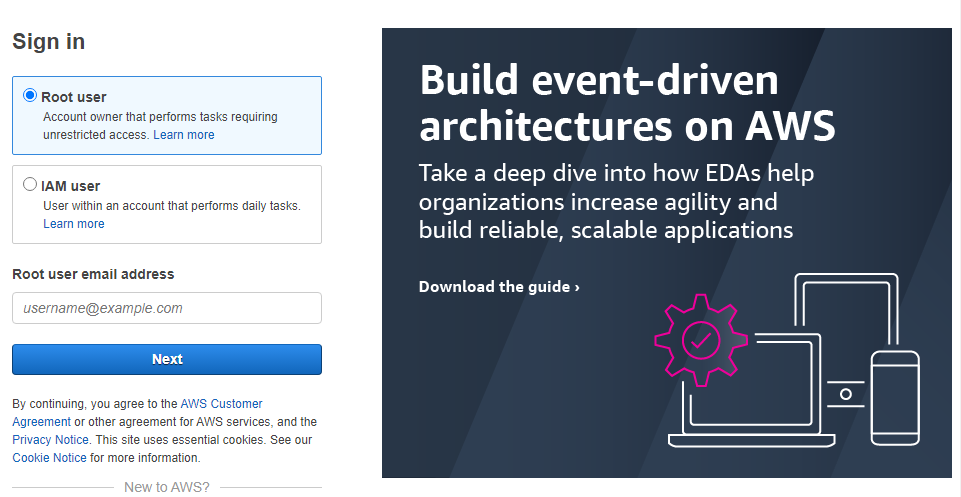
When the user logs in to either AWS root user or IAM account, it displays the console web page with various options:
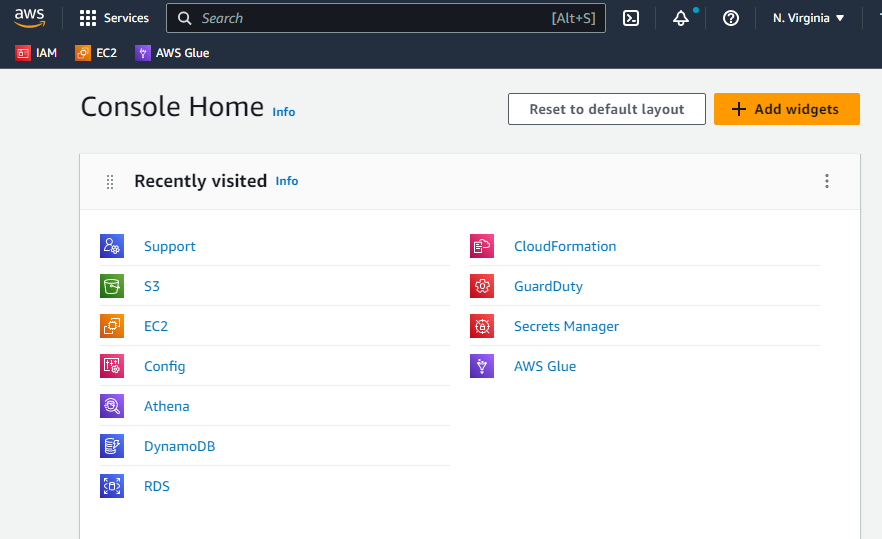
What is AWS CLI?
AWS Command Line Interface is a unified tool that is used to access and manage the AWS services through written commands in the command-line shell. Multiple AWS operations can be performed by entering textual commands into the terminal without the interference of the Console.
To use the CLI to perform operations, the AWS CLI needs to be first installed and configured on the system. There are currently two versions of the AWS CLI (v1 and v2), and version 2 (v2) is used as the latest version. If the AWS CLI has not already been installed on the system, it will not execute any of the AWS commands. So, install it first.
The following command is used to configure the AWS CLI:
This asks the user for the Access Key ID and Secret Access Key:
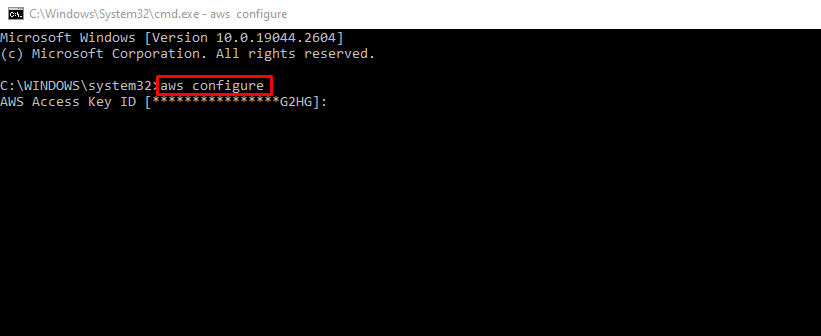
The user just needs to configure the AWS CLI using the credentials (access key and secret access key) of either the IAM user account or the Root user account. The access and secret access keys asked by the AWS CLI are displayed on the AWS console:
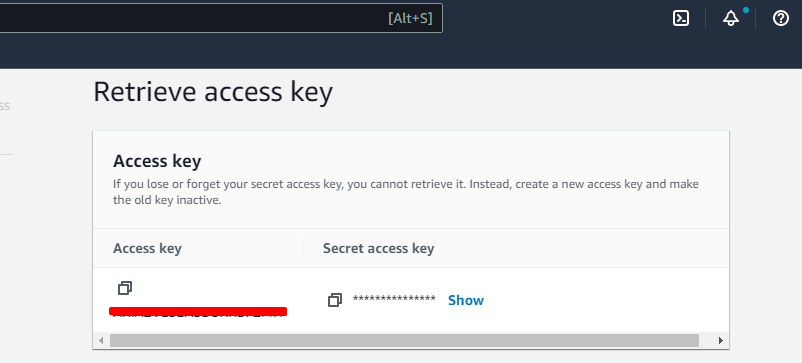
The access and secret access key is pasted into the terminal to configure the AWS CLI. Once the AWS CLI is configured, the CLI commands can be used to control AWS services:
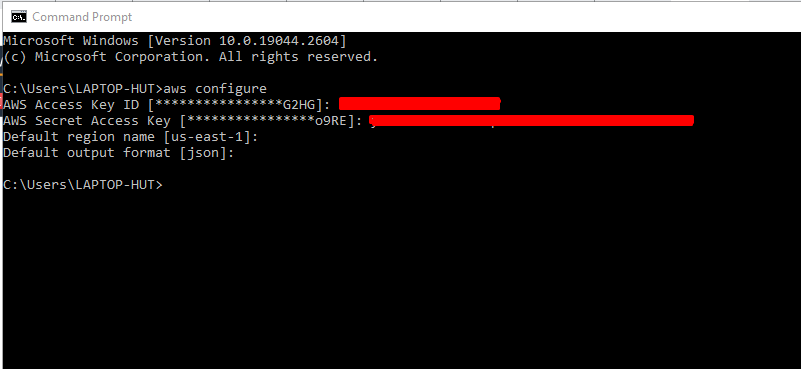
Major Differences Between AWS CLI and Console
Following are the major differences between the AWS Console and AWS CLI:
| AWS Console | AWS CLI |
| The operations are performed on the web applications using the web page interfaces of the AWS. | The operations are performed by executing commands on the command-line shell. |
| AWS Console does not require access and secret access to perform AWS tasks. | AWS CLI requires access and secret access keys to perform AWS tasks. |
| To use AWS Console, the user needs to sign up and log in to the AWS account. | To use the AWS Command Line Interface, the user needs to install and configure the AWS it on the system first. |
| AWS Console only generates the keys and commands to use them in the terminal to establish connections like RDP and SSH. | AWS CLI executes the commands to perform the network operations after connecting through RDP and SSH using the keys generated through AWS Console. |
| AWS Console is loaded on the browser. | AWS CLI is opened using the Command-line shell on the system. |
This sums up the difference between the AWS Console and AWS CLI.
Conclusion
The AWS console is the web application loaded on the browser that contains a collection of different AWS services. The AWS management console is displayed as the very first interface of AWS through consoles of all the services that can be opened. The AWS CLI is the unified tool that asks the users to enter AWS commands on the Command-line shell after configuration.
Source: linuxhint.com
